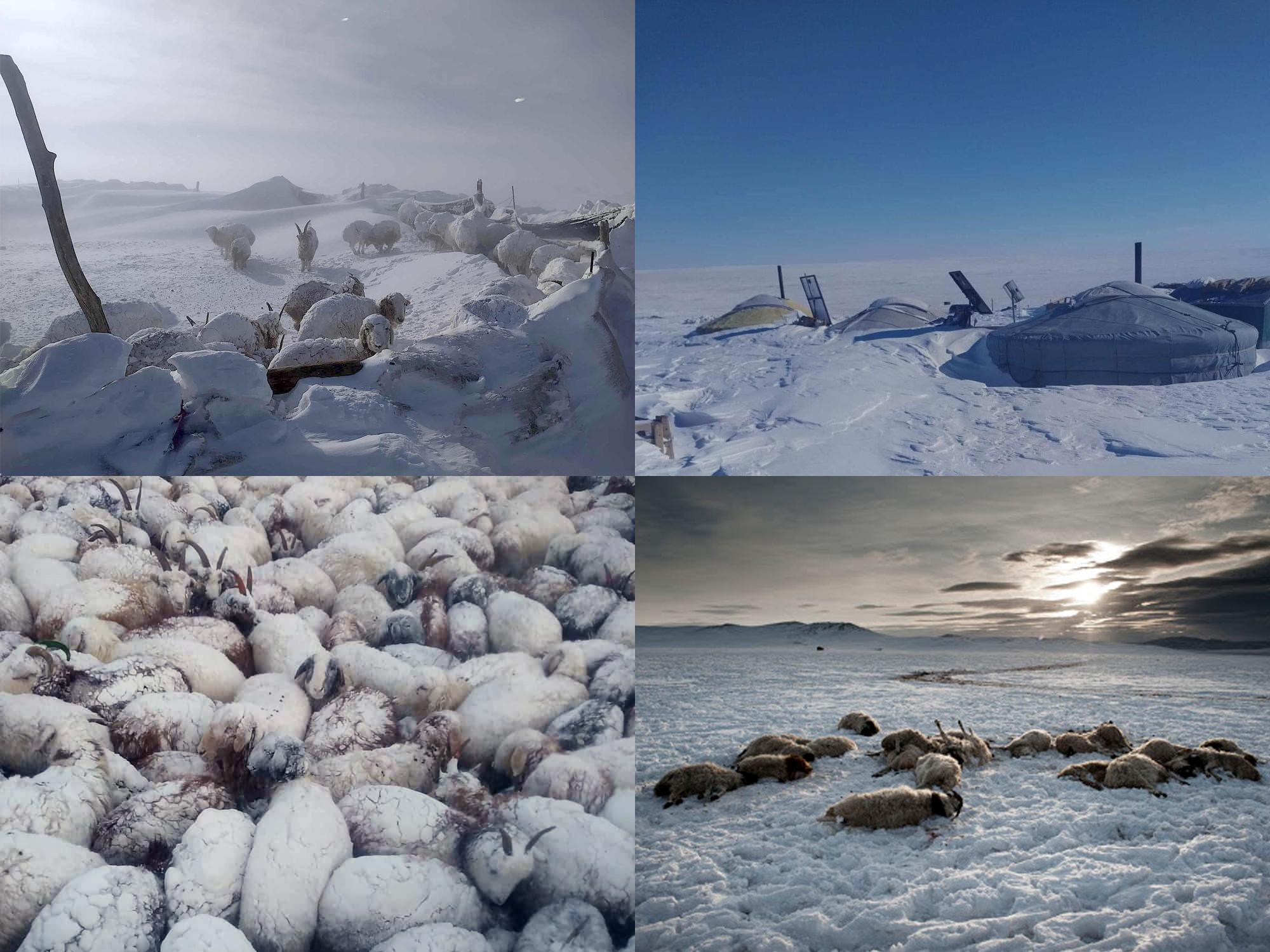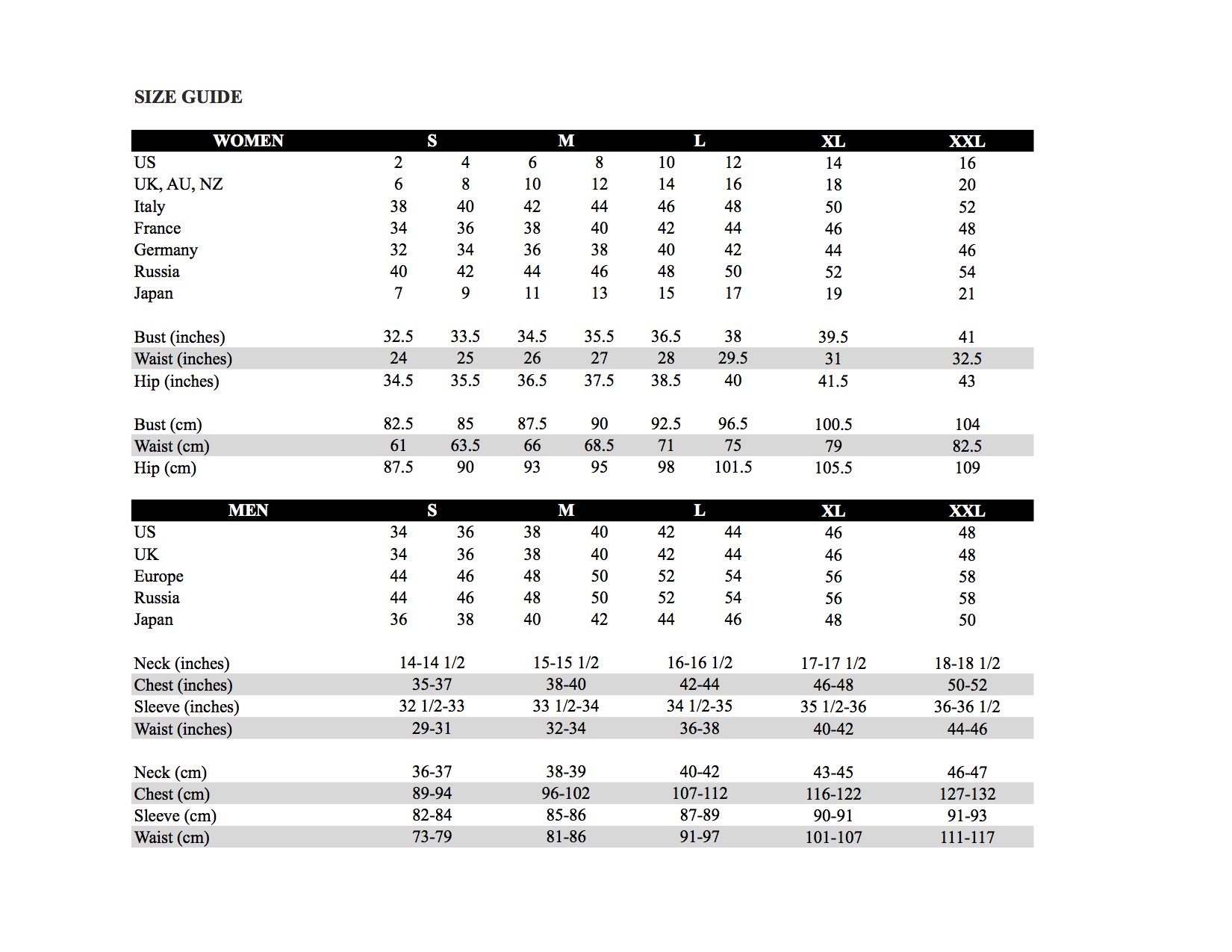DZUD harsh winter weather conditions.

Mongolia is highly vulnerable to severe winter conditions and cold wave, known locally as ‘dzud’. National authorities in Mongolia have issued warnings and forecasts for harsh winter conditions and severe cold wave.
A dzud is a slow-onset disaster, resulting in gradual livestock mortality over time due to a prolonged combination of malnutrition and cold stress. The winter of 2024 has been extremely harsh, with continued dzud conditions throughout the country.
As of 20 December 2023, the Government of Mongolia reports that approximately 90 per cent of Mongolia’s territory, including 21 provinces excluding Ulaanbaatar city, or 321 out of 339 soums are categorized as facing a high or extreme dzud risk. Moreover, 250 soums, excluding two districts of Ulaanbaatar city, covering 74 per cent of the nation, are already in dzud or near-dzud conditions. Within the dzud conditions, 47 soums in 14 provinces are under ice or icy conditions, while 135 soums in 17 provinces are under the white dzud conditions.
-43-48 degrees at night and -29-34 degrees during the day in the valleys of major rivers such as Uvs Lake, Darkhad , Zavkhan , Ider, Tes and Baidrag rivers.
This winter has seen more snow than in the last 49 years, more than the dry winter of 2009-2010, and more precipitation than since 1975. As of today, more than 115.956 herders impacted, leading to substantial livestock losses, 1.4 per cent of the total livestock in Mongolia.
The alarming rapid temperature fluctuations and heavy snowfall caused a big loss of livestock and severely impacted the live hood of Mongolian herder families. Although dzud occurrences are common in Mongolia, this year’s severity is concerning. The livelihoods of vulnerable herder households and their socio-economic situation are under threat. The worst is yet to come, the peak of livestock mortality will occur from February to April.

